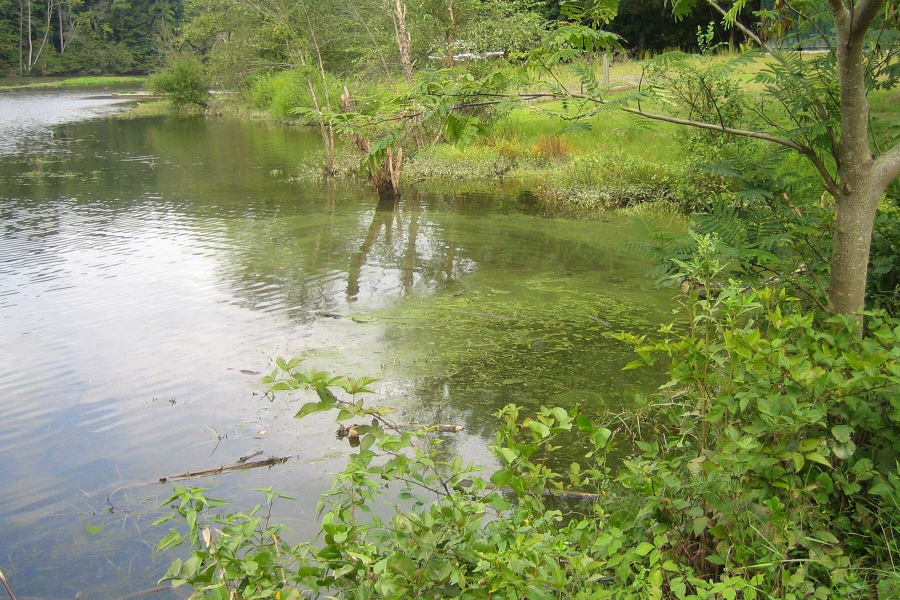Chesapeake Bay dead zone increases by 10 percent
The above-average dead zone confirms early summer prediction

In a report released earlier this week by the Virginia Institute of Marine Sciences (VIMS), researchers found the dead zone in the Chesapeake Bay to be about ten percent larger in 2017 than it was in 2016.
Dead zones, or hypoxia, are areas of little to no dissolved oxygen that form when nutrient-fueled algae blooms die and decompose. The decomposition process removes oxygen from the surrounding waters faster than it can be replenished, and the resulting low-oxygen conditions can suffocate marine life such as blue crabs and fish.
The cause for the increase is attributed to higher-than-average springtime flows from the Susquehanna River that bring nutrient pollution into the Bay, as well as summer winds and temperatures. Relatively strong winds in late spring delayed the onset of this year’s hypoxia, leading it to increase rapidly in early June and peak at an unusually higher value than in previous years. Additional windy periods throughout the rest of the summer decreased the dead zone from its earlier peak. The duration of this year’s dead zone was slightly less than in previous years, but the impact much worse.
In comparison, the Maryland Department of Natural Resources (MD DNR) reported that dissolved oxygen conditions in the mainstem of the Chesapeake Bay were better than average for late August. However, due to inhospitable weather conditions, data was not collected between the Potomac River and Maryland-Virginia state line, which accounted for incomplete results. MD DNR only collects data for the Maryland portion of the Bay, while VIMS monitors the entire Bay.
This annual forecast, funded by the National Oceanic and Atmospheric Association, is determined by a three-dimensional, numerical model that simulates dissolved oxygen lvels in the bottom waters of the Chesapeake Bay's main stem.
Check out the dead zone prediction from earlier this summer or learn about how scientists measure oxygen in the Bay.

Comments
There are no comments.
Thank you!
Your comment has been received. Before it can be published, the comment will be reviewed by our team to ensure it adheres with our rules of engagement.
Back to recent stories